Imagine walking through ancient stone streets while the echoes of sandals on marble mingle with the chatter of a thriving civilisation. The Romans laid much more than roads and foundations; their inventiveness continues to leave unmistakable imprints on our modern world. From the very fabric of our daily lives to the marvels of urban planning, let’s discover just how much we owe to the timeless ingenuity of ancient Rome.
Roman Roads: The Highway Blueprint
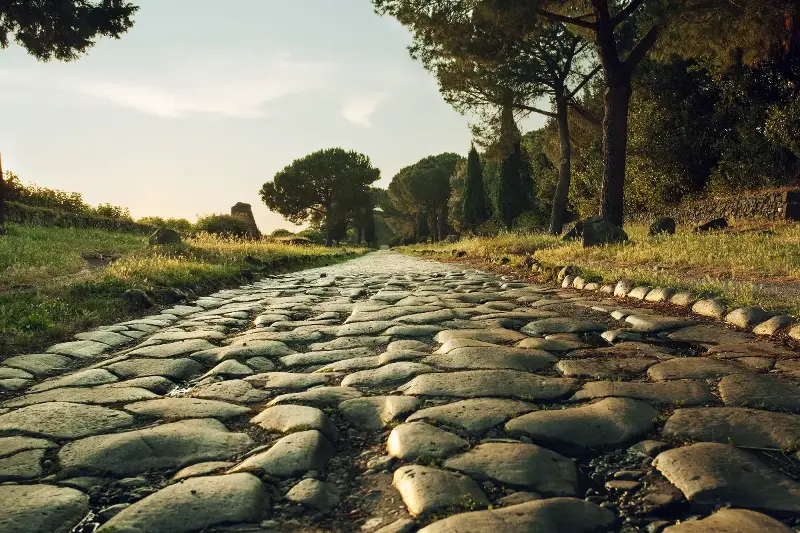
Long before GPS and highways, the Romans were building roads that spanned continents. At their zenith, the empire boasted over 400,000 km of roadways, so expertly constructed that many are still visible today. These roads weren’t just military projects; they connected bustling cities, enabled trade, and even helped spread new ideas. Their most enduring innovation was the cambered, layered road structure—stone at the base, gravel in the middle, and paving slabs up top for smooth, all-weather travel.
Today, the principles underlying our modern motorways and roads are fundamentally Roman. The very term “all roads lead to Rome” isn’t merely metaphorical; it’s a nod to an era when infrastructure was a statement of progress and unity.
Aqueducts and Plumbing: Lifelines of the City
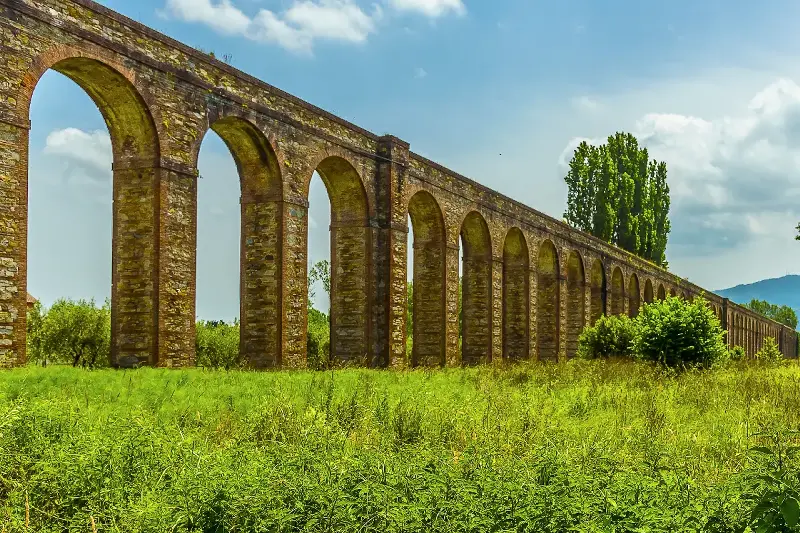
Imagine enjoying a morning shower, sipping tap water, or flushing a toilet—thank the Romans for making advanced urban water systems a reality. Aqueducts, the breathtaking arches that still grace European landscapes, channelled millions of gallons of water daily into Roman cities. Powered purely by the ingenious use of gravity, these aqueducts brought fresh water for fountains, public baths, and even private homes of the wealthy.
The concept of plumbing—complete with lead pipes and complex sewer systems—was centuries ahead of its time. One of Rome’s crowning achievements, the Cloaca Maxima, still operates beneath the city after more than two millennia. Modern sanitation and water supply systems would be unthinkable without these pioneering inventions.
Concrete: The Foundation of Modern Architecture
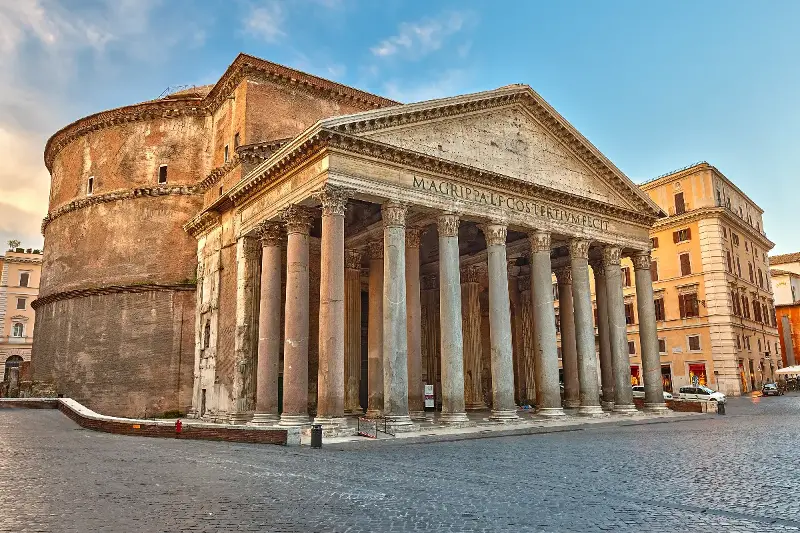
Step into any cityscape and you'll spot the Roman touch. The Pantheon’s unreinforced concrete dome remains the world’s largest, defying the forces of time and gravity. The magic ingredient? Roman concrete, a game-changer made from volcanic ash, lime, and water, offering exceptional durability and flexibility. Many of Rome’s architectural masterpieces still stand because of this resilient material.
Our skyscrapers, bridges, and dams today rely on concrete, emulating the innovative formula refined over 2,000 years ago. Interestingly, modern scientists continue to unlock the secrets of Roman concrete, learning how its unique self-healing properties are often superior to those of current mixtures.
Legal Systems and Governance: The Roots of Civilisation
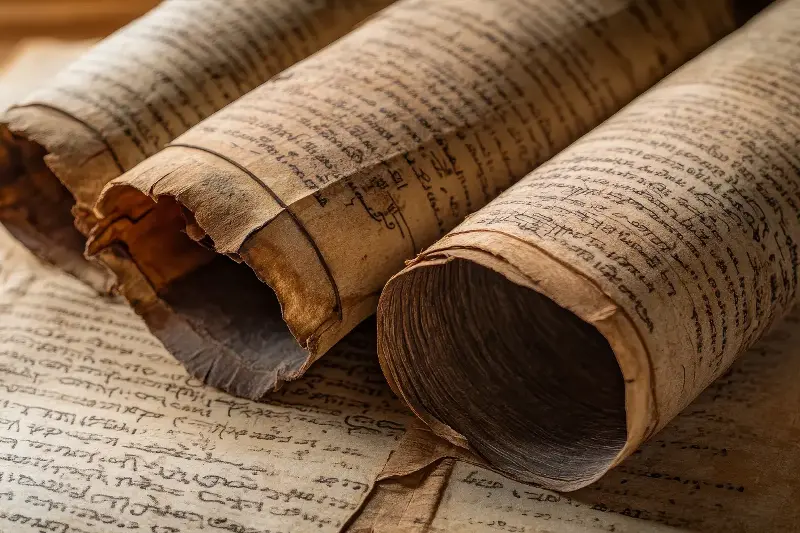
Law and order might not sound as tangible as aqueducts or roads, but Roman legal principles form the bedrock of countless modern societies. Concepts like “innocent until proven guilty,” legal representation, and a Senate-governed republic were all Roman gifts. Their law books influenced the codes of countries across Europe and beyond.
Many legal systems today—especially in Europe and the Americas—still reflect Roman organisational structures, proving that the administrative minds of ancient Rome continue to shape how we govern, arbitrate, and ensure justice.
Heated Homes and Social Bathing: The Roman Touch in Everyday Comfort
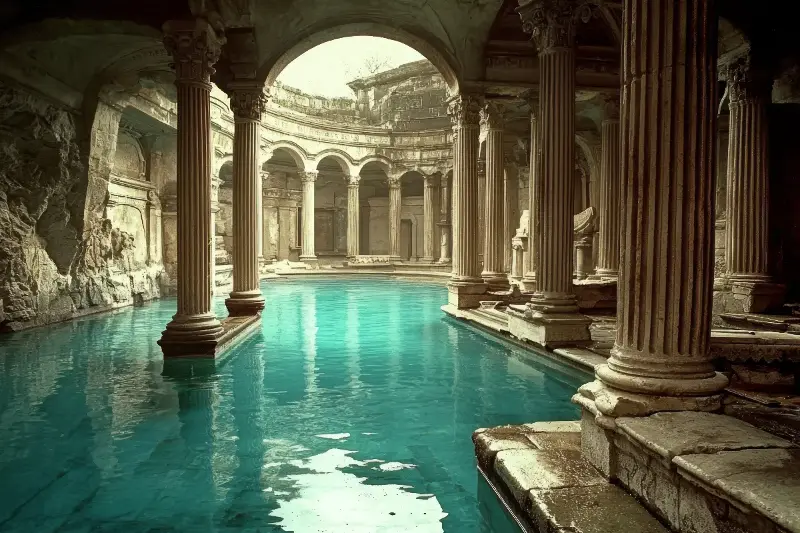
Central heating feels like a modern luxury, but Romans enjoyed the warmth of “hypocausts”—ingenious underfloor central heating systems. These fired furnaces beneath public baths or the opulent homes of the elite, circulating hot air through a network of tunnels and flues. This attention to personal comfort also extended to their famed public bathhouses, lively hubs for exercise, relaxation, and socialisation.
The spirit of communal wellbeing and wellness routines present in today’s gyms, spas, and heated swimming pools can trace their roots directly back to Roman culture.
As we stroll through cities, bask in clean water, or enjoy warm homes, let’s tip our hats (or sandals) to the Romans. Their timeless inventions connect our past with our present, uniting us with a civilisation that refused to stop searching for better ways to live, work, and dream. Walking in the Romans’ sandals, we carry the ingenuity of their world forward—even if our streets are now paved with tarmac instead of marble.
